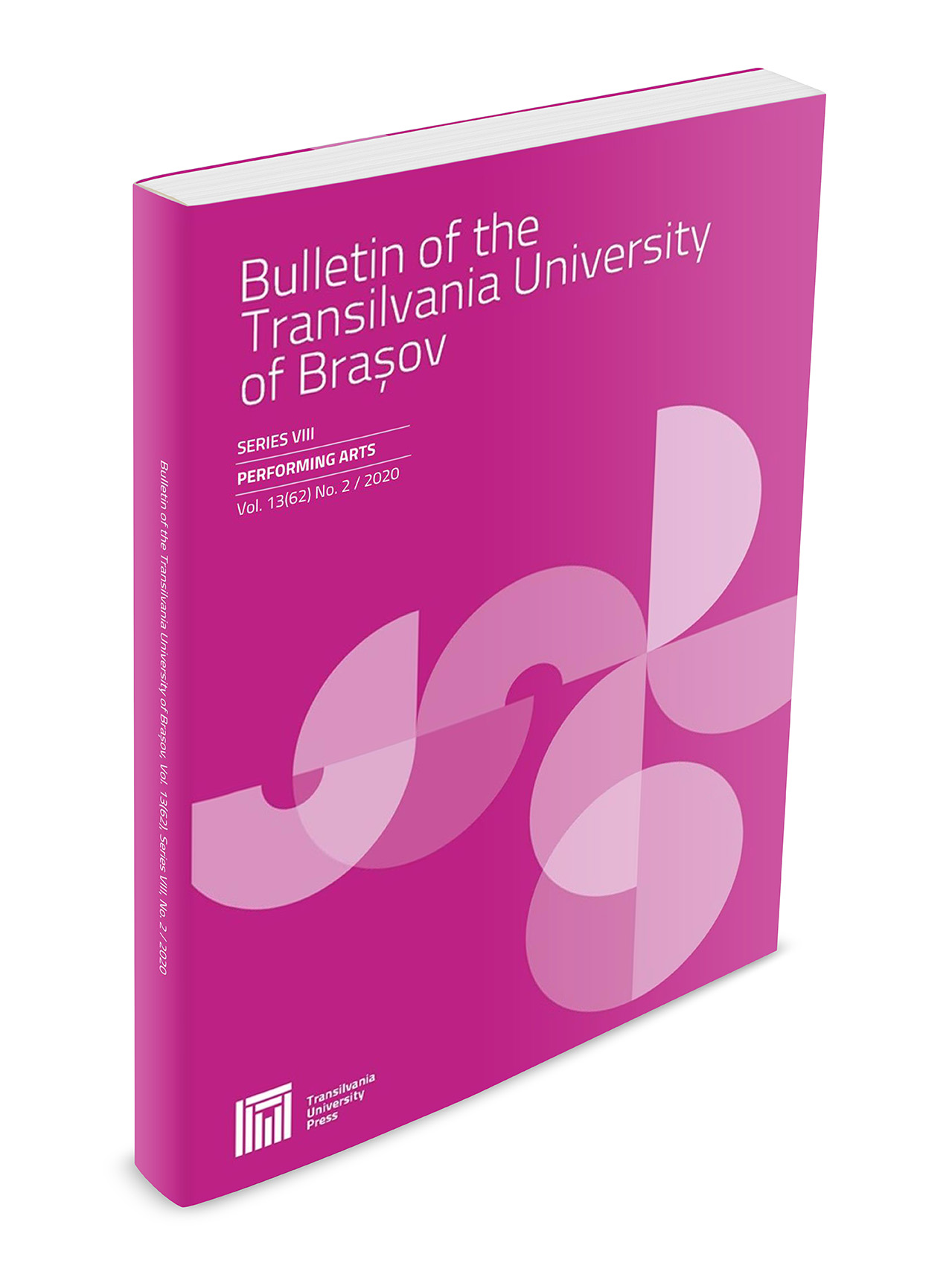Concerto no. 2 in f major, op. 102 for Piano and Orchestra by Dmitri Sostakovici
Keywords:
concert, harmonically supports, enharmonic modulation, thematic motifAbstract
Composed for his son Maxim, the second Concerto for piano and orchestra in F major, op.102 is apparently presented as a work detached from the master’s symphonic approach. Shostakovich builds the character of the themes based on the parody of the Russian patriotic song and of the march. The concerto reflects the composer's joy of life, hope, and youth. Concerto no. 2 for piano and orchestra in F major, op. 102 is designed in the traditional three-part form: the first part, Allegro, the second Andante, and the third part, Allegro. The inflections of oriental folklore are evident, together with the dancing feature of the gallop rhythm and the 'stage music" feature of some themes expressed on the solo piano. Concerto no. 2 for piano and orchestra is a concerto addressed to youth and to paternal, tender, and serene love. The soloist score of the concerto is very well revealed through the striking rhythm and the suggestiveness of the themes, through the parts full of virtuosity that integrate into the orchestral ensemble, and through the amplification of the dynamic sonority and of the timbral brightness.Downloads
Published
Issue
Section
License
Copyright (c) 2014 Bulletin of the Transilvania University of Braşov. Series VIII: Performing Arts

This work is licensed under a Creative Commons Attribution 4.0 International License.




